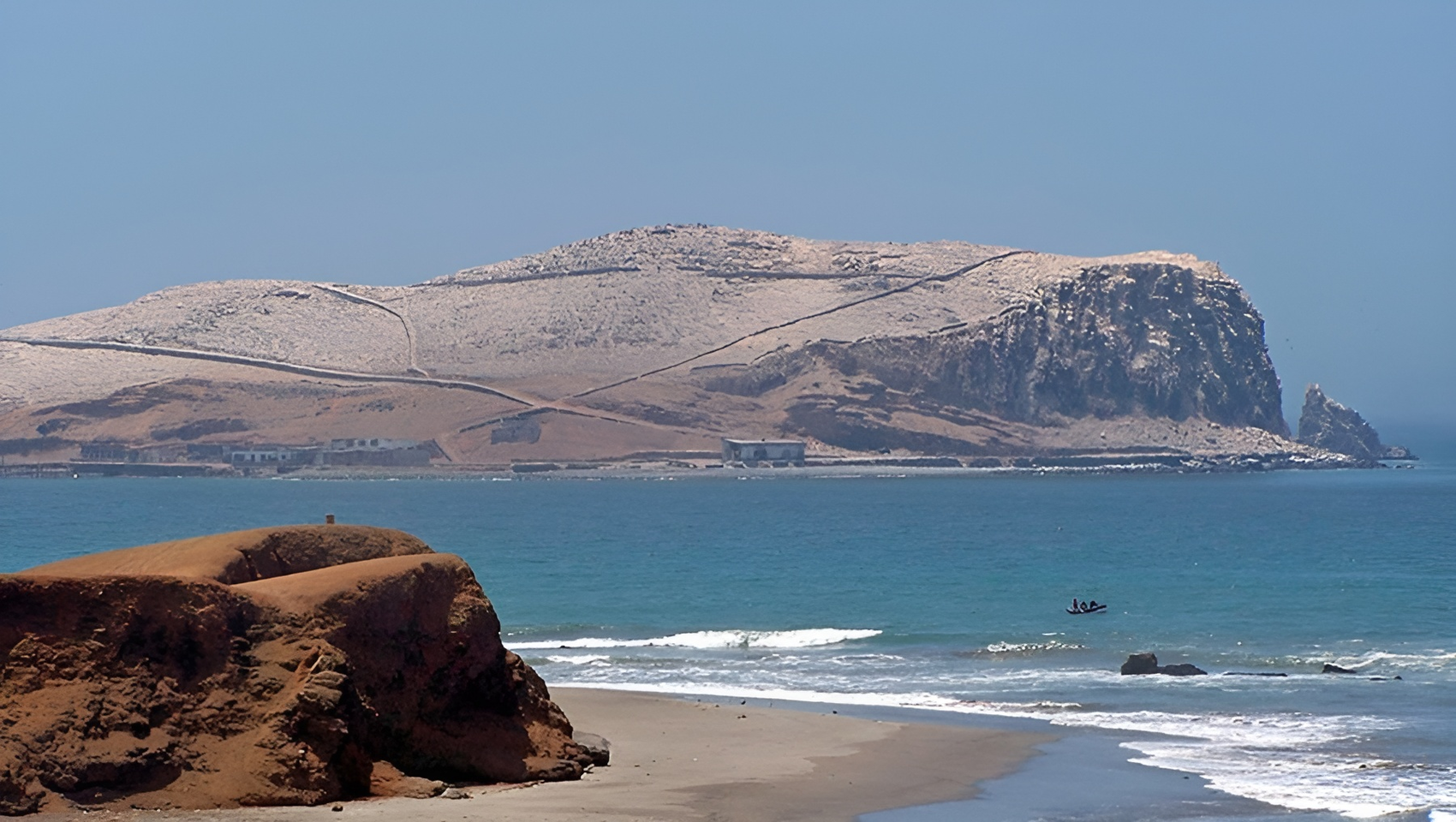Approval of tourism development plans for the National Reserve System of Islands, Islets and Puntas Guaneras

The head of the National Reserve System of Islands, Islets and Guano Points (RNSIIPG) of the National Service of State Protected Areas (Sernanp) approved the tourism authorization plans for the ‘Huampanú Island and Mazorca Island’ and ‘Don Martín’ sectors, located off the coast of Huacho. The document, which received the advice of the Peruvian Society of Environmental Law, will regulate the development of tourism activities that were already being carried out in both areas.
The authorization is the result of a process that began at the beginning of last year, with the identification of actors and areas with tourism potential. Likewise, in July, workshops on Strategic Visitor Flow were held, followed by field visits with businessmen from the sector and local authorities to gather information.
In September of that year, the socialization of these plans took place in the districts of Végueta and Huacho. Both events were attended by the head and specialists of the reserve, representatives of the regional and local government, fishermen and tourism operators from Huacho, and the Peruvian Society of Environmental Law (SPDA).
Don Martín and Huampanú-Mazorca are places where tourism has been active for several years. Local tour operators offer services such as marine fauna sightings and visits to the islands, where, in addition to biodiversity, infrastructure from the guano harvesting boom can still be seen. Part of the infrastructure is still used through extraction plans and approximately every 5 years to minimize its impact on the environment.
According to Sernanp, the approval of the plans is part of the formalization process sought by the protected natural areas for tourism, as well as an opportunity for sustainable development of the local communities. The approved plans seek to regulate the way tourism is developed and, in the long term, consolidate these sectors as quality tourist destinations for visitors.
“The plan is the result of a diagnosis of the information and tourism potential offered by the area, and empowers the region for its development and implementation, which is carried out in coordination with local fishermen and tourism operators. […] the Regional Government, the municipality of Végueta, the technical team of Sernanp and SPDA, and the local fishermen, have been part of the process of elaborating this document,” said Óscar García Tello, head of the RNSIIPG.
Towards a Site Plan for the RNSIIPG
These sectors are authorized for tourism for a period of two years and, according to the corresponding resolutions, will be included in the reserve’s Site Plan. This is a document that guides the management of tourism activities throughout the protected area to ensure the conservation of its cultural and natural values, while taking sustainable advantage of its recreational and scenic resources.
Tito Lara, a specialist in tourism and community relations for the SPDA’s Marine Governance Program, emphasizes that “it allows the management and regulation of tourism activities, guaranteeing the conservation of marine and terrestrial ecosystems. It also seeks to promote tourism in harmony with the natural environment, minimizing negative impacts and generating benefits for both visitors and local communities”.
In addition, the specialist emphasizes that thanks to this tool developed under the leadership of Sernanp, “continuous monitoring of the impact of recreational activities is facilitated, allowing the necessary adjustments to be made to ensure long-term sustainability. Collaboration with key stakeholders in the region strengthens governance and promotes economic development that is socially and environmentally responsible”.